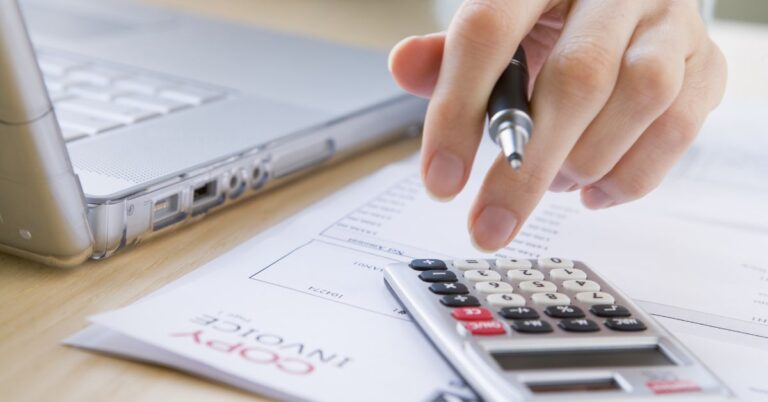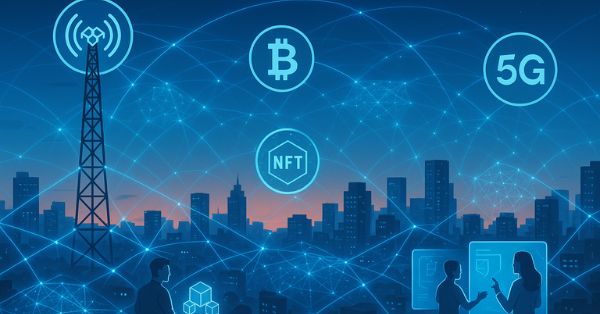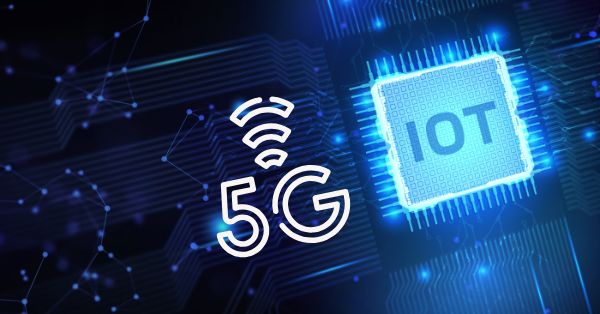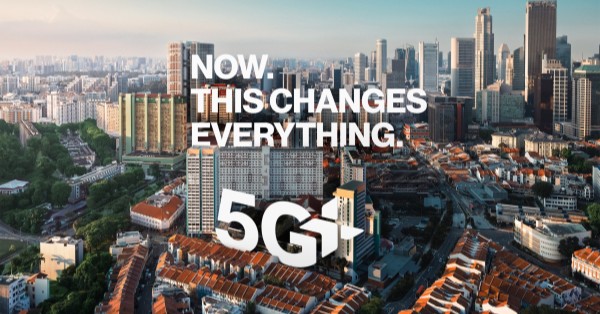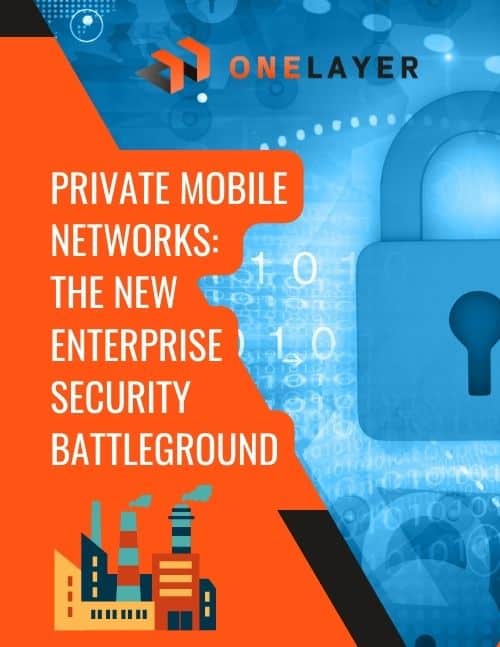A new report from bill payment platform doxo reveals that Americans spend $166 billion each year on mobile phone services, highlighting significant regional differences in monthly bills across the country. According to the 2025 doxoINSIGHTS Mobile Phone Market Size and Household Spend Report, this amount represents about 4% of the $4.55 trillion Americans spend on household bills annually.
Mobile Services Account for 4% of Annual Household Bill Expenses
Based on actual consumer payment data across 97% of U.S. ZIP codes, doxo’s analysis estimates that 88% of American households pay for mobile phone services, with a median monthly bill of $96, translating to $1,152 per year. That’s nearly $100 per month on average—an amount that rivals or exceeds spending in other utility categories like cable and internet.
For context, a separate doxo report from earlier this year found that Americans spend $164 billion on cable and internet, showing mobile phones now match or slightly exceed those services in terms of household cost.
State-by-State Breakdown: Where Mobile Bills Cost the Most
The report details how mobile phone service costs differ across the country. Nebraska leads the list of states with the highest median mobile phone bills, followed by Alaska, Kentucky, North Dakota, and Montana. Here’s how they compare:
| State | Monthly Median Bill | % Households with Bill | Annual Median Spend |
|---|---|---|---|
| Nebraska | $136 | 85% | $1,386 |
| Alaska | $125 | 85% | $1,269 |
| Kentucky | $125 | 89% | $1,335 |
| North Dakota | $124 | 87% | $1,291 |
| Montana | $119 | 86% | $1,222 |
Top Cities with the Most Expensive Mobile Phone Bills
City-level data shows similar disparities. Dallas, Texas, stands out with the highest median mobile bill among large U.S. cities. Other top spenders include Omaha, Philadelphia, Atlanta, and Saint Paul.
| City | Monthly Median Bill | % Households with Bill | Annual Median Spend |
|---|---|---|---|
| Dallas, TX | $139 | 89% | $1,492 |
| Omaha, NE | $132 | 78% | $1,239 |
| Philadelphia, PA | $113 | 86% | $1,166 |
| Atlanta, GA | $109 | 93% | $1,220 |
| Saint Paul, MN | $107 | 86% | $1,107 |
Smartphones Replace Broadband as Key Internet Tool for Many
According to Steve Shivers, Co-founder and CEO of doxo, the ubiquity of mobile phones and their increasing use as a primary internet access point make it more important than ever for consumers to understand what they’re paying.
“With mobile phone ownership nearly universal and many households relying solely on smartphones for internet access, choosing a mobile service plan has become a crucial aspect of household budgets,” Shivers noted. “Transparency to market data is key, as consumers have more mobile service choices than ever.”
How doxoINSIGHTS Empowers Consumers to Lower Mobile Costs
doxoINSIGHTS leverages a unique and comprehensive dataset that includes anonymized bill payment data from more than 10 million consumers and over 120,000 billers across the U.S. This includes coverage for 45+ service categories and payments made via bank accounts, credit cards, or debit cards.
The platform allows users to explore localized bill payment data by state, county, or city, helping consumers compare their mobile bills with others in their area and uncover opportunities to save. For detailed comparisons or to see data specific to your region, visit doxo’s interactive explorer.
What’s Driving Higher Mobile Phone Bills in 2025?
Several factors are driving up mobile phone costs, including:
- Device financing built into monthly plans.
- The growing demand for unlimited data.
- The use of smartphones as a substitute for broadband in low-income households.
- Regional gaps in provider competition or coverage availability.
These realities make it all the more important for households to evaluate plan offerings from competing carriers, many of whom are rolling out services tied to 5G and FWA as alternatives to traditional internet.
How doxo Calculated Annual Mobile Phone Spending
The report’s key metrics are calculated based on the following formula:
Annual Median Cost per U.S. Household = Median Monthly Bill × % Households with Bill × 12
This approach ensures the annual cost reflects not just bill amounts but also how many households actually carry mobile service expenses. All figures were based on data collected between March 2024 and March 2025.
Mobile vs. Cable: Which Costs U.S. Households More in 2025?
To put mobile spending in perspective, here’s how it compares to cable and internet:
| Category | Percent of Households | Monthly Median Bill | Annual Spend |
|---|---|---|---|
| Mobile Phone Service | 88% | $96 | $166B |
| Cable & Internet | 73% | $121 | $164B |
Final Takeaway
Mobile phone services are now a top-tier household expense in the U.S., with costs varying dramatically by geography. Tools like doxoINSIGHTS empower consumers with local and national data to make informed decisions, potentially leading to significant savings.
As mobile phones become more critical to daily life—serving as communication tools, entertainment hubs, and internet gateways—tracking and managing these costs will remain a key part of household financial planning.
To explore mobile bill data in your city or state, check out the doxoINSIGHTS explorer. For a full look at the 2025 Mobile Phone Market Size and Household Spend Report, you can download it directly here.



